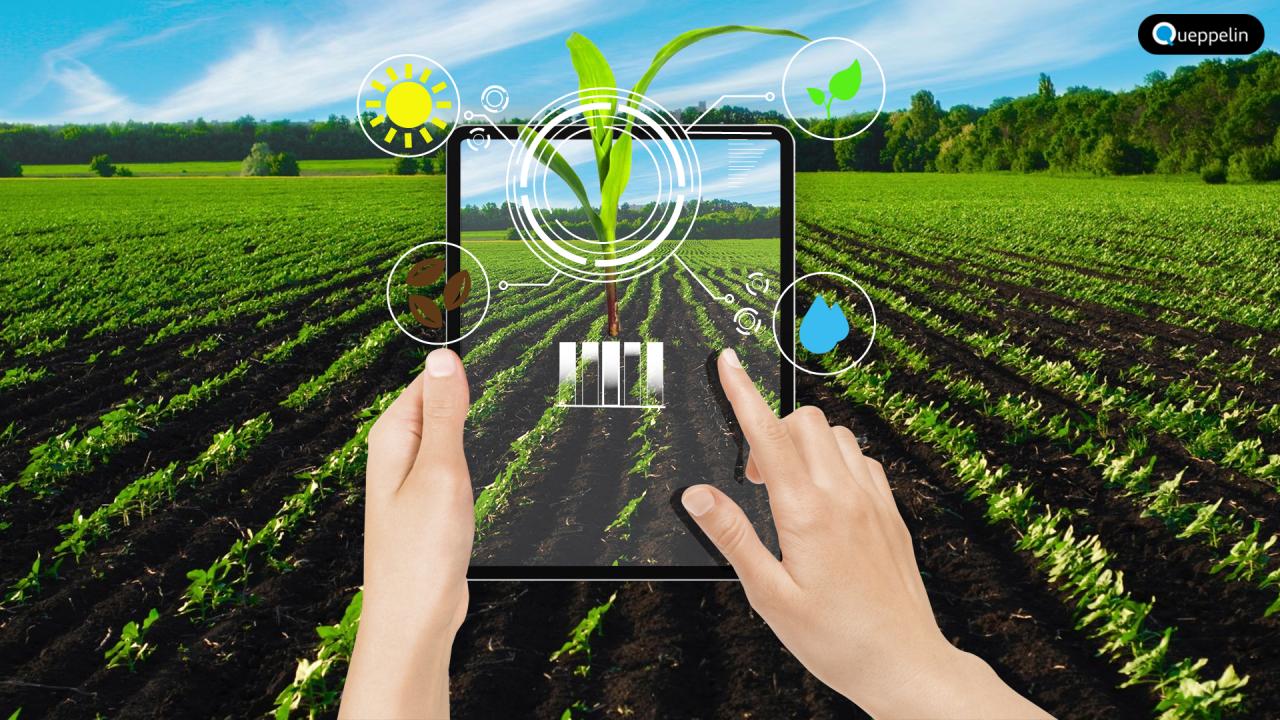

The Role of AI in Smart Agriculture: Revolutionizing the Future of Farming
Agriculture, the backbone of human civilization, has been undergoing a significant transformation in recent years. The increasing global population, climate change, and environmental degradation have led to a growing need for sustainable and efficient farming practices. This is where Artificial Intelligence (AI) comes into play, transforming the agriculture industry into a more intelligent, precise, and productive sector. In this article, we will explore the role of AI in smart agriculture, its applications, benefits, and the future of farming.
The Challenges of Traditional Agriculture
Traditional farming practices have been plagued by various challenges, including:
- Climate Change: Rising temperatures, changing weather patterns, and increased frequency of natural disasters have made it difficult for farmers to predict and prepare for optimal growing conditions.
- Water Scarcity: The increasing demand for water has put a strain on this limited resource, making it essential to optimize water usage in agriculture.
- Soil Degradation: Overfarming and poor soil management have led to soil erosion, nutrient depletion, and reduced fertility.
- Crop Yield: The need to increase crop yields to meet the demands of a growing population has put pressure on farmers to adopt more efficient farming practices.
- Labor Shortages: The aging population and lack of skilled labor in rural areas have made it difficult for farmers to find and retain workers.
The Role of AI in Smart Agriculture
AI, with its ability to process large amounts of data, make predictions, and provide insights, is revolutionizing the agriculture industry. Some of the key applications of AI in smart agriculture include:
- Precision Farming: AI-powered sensors and drones collect data on soil health, moisture levels, temperature, and crop growth, enabling farmers to make informed decisions about irrigation, fertilization, and pest control.
- Crop Prediction: Machine learning algorithms analyze weather patterns, soil conditions, and historical data to predict crop yields, enabling farmers to plan and prepare for optimal harvests.
- Automated Farming: AI-powered robots and autonomous tractors automate tasks such as planting, irrigation, and harvesting, reducing labor costs and increasing efficiency.
- Livestock Monitoring: AI-powered sensors and cameras monitor livestock health, behavior, and nutrition, enabling farmers to identify early signs of disease and improve animal welfare.
- Supply Chain Optimization: AI analyzes data on crop yields, weather patterns, and market demand to optimize logistics and supply chain management.
Benefits of AI in Smart Agriculture
The integration of AI in smart agriculture has numerous benefits, including:
- Increased Efficiency: AI-powered automation and precision farming reduce labor costs, increase crop yields, and optimize resource allocation.
- Improved Decision-Making: AI provides farmers with actionable insights, enabling them to make informed decisions about irrigation, fertilization, and pest control.
- Enhanced Sustainability: AI optimizes water and resource usage, reducing waste and promoting environmentally friendly farming practices.
- Increased Productivity: AI-powered automation and robotics enable farmers to focus on higher-value tasks, increasing overall productivity and profitability.
- Better Risk Management: AI-powered prediction and forecasting tools enable farmers to mitigate risks associated with climate change, weather events, and market fluctuations.
Challenges and Limitations of AI in Smart Agriculture
While AI has the potential to revolutionize the agriculture industry, there are several challenges and limitations to consider:
- Data Quality: The accuracy and quality of data collected from sensors, drones, and other sources can impact the reliability of AI-powered insights.
- Infrastructure: The adoption of AI-powered technologies requires significant investment in infrastructure, including high-speed internet, sensors, and drones.
- Skilled Labor: The complexity of AI-powered technologies requires skilled labor to install, maintain, and operate them.
- Cybersecurity: The increased reliance on digital technologies creates new cybersecurity risks, including data breaches and system hacking.
- Accessibility: The high cost of AI-powered technologies can make them inaccessible to small-scale and marginalized farmers.
The Future of Farming with AI
The integration of AI in smart agriculture is transforming the industry in profound ways. As the technology continues to evolve, we can expect to see:
- Increased Adoption: The adoption of AI-powered technologies is expected to increase, driven by the need for sustainable and efficient farming practices.
- Advancements in Precision Farming: AI-powered precision farming will become more sophisticated, enabling farmers to make more precise decisions about irrigation, fertilization, and pest control.
- Integration with Other Technologies: AI will be integrated with other technologies, such as blockchain, IoT, and robotics, to create a more efficient and sustainable agriculture industry.
- Increased Focus on Sustainability: AI-powered technologies will be designed with sustainability in mind, promoting environmentally friendly farming practices and reducing waste.
- Global Food Security: AI-powered agriculture will play a critical role in ensuring global food security, providing a sustainable and efficient means of producing food for a growing population.
In conclusion, the role of AI in smart agriculture is revolutionizing the industry, providing farmers with the tools and insights they need to increase efficiency, productivity, and sustainability. While there are challenges and limitations to consider, the benefits of AI-powered agriculture are undeniable. As the technology continues to evolve, we can expect to see a more sustainable, efficient, and productive agriculture industry that is capable of feeding a growing global population.




